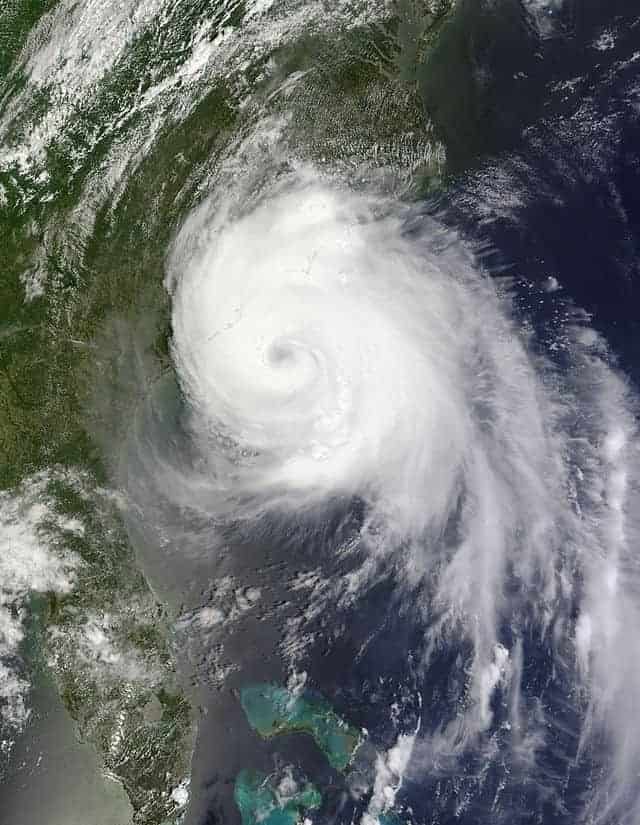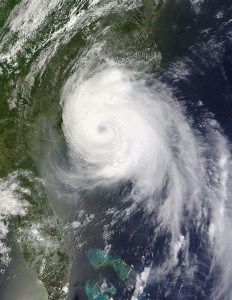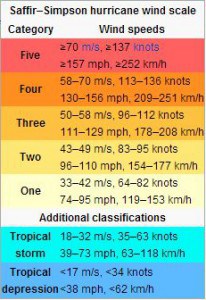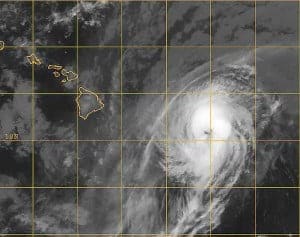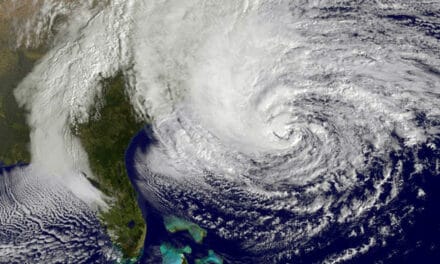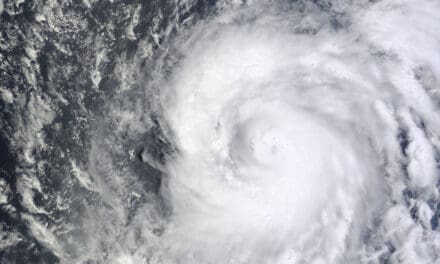The 2014 Atlantic Hurricane Season ended on November 30. As predicted by several agencies including The National Hurricane Center, The University of Colorado, and Tropical Storm Risk, the Atlantic Hurricane Season was a quiet one with just eight named storms and one additional tropical depression that did not develop further. Storms are not named until they reach tropical storm satus.
Although the seasonal Atlantic storms in 2014 had minimal impact on the United States, they serve as a reminder that residents along the East and Gulf Coasts must remain vigilant and stay prepared.
Impacts
Hurricane Arthur reached category two status on July 2 and made landfall on the Outer Banks at Cape Lookout, North Carolina as it swept by the United States on its northward path. More than 44,000 utility customers lost power and a dozen swimmers were rescued from rip currents. Half a foot of rain was measured in parts of New England. Arthur transitioned to an extra-tropical storm as it headed for the Canadian Maritimes where it left 290,000 people without power and caused extensive damage to the power grid.
Lack of emergency backup power for medical equipment may have contributed to the death of a New Brunswick man.
Cristobol was the first storm of the season to take lives. Five people in Haiti, Dominican Republic, and the Turks were drowned. Rip currents along the East Coast were blamed for the drowning of two swimmers—even hurricanes that don’t make landfall are dangerous to residents.
Hurricane Edouard became the first hurricane in 2014 to reach major hurricane status with a category 3 intensity. Two men drowned in the rip currents off the coast of Maryland. Edouard was the first major Atlantic hurricane since Sandy in 2012.
A disturbance east of the Lessor Antilles on October 12 rapidly developed into Hurricane Gonzales on October 13. It strengthened to a category four storm and was blamed for the loss of at least one life in the Caribbean. It hit Bermuda as a category two storm and continued to weaken as it turned northeastward. As an extra-tropical storm with 75-mph gale-force winds, it slammed into the United Kingdom and was responsible for at least two deaths and three injuries.
Other storms of the season were Bertha (category one), Tropical Depression Two, Tropical Storm Dolly, Fay (category one), and Tropical Storm Hanna.
Iselle
Of special note is Hurricane Iselle which was the strongest cyclone to hit the big island of Hawaii in the Central Pacific Ocean. Iselle initially strengthened to a category four hurricane, but faded to a strong tropical storm before it made landfall. Most of the island was without power and FEMA eventually declared the area an agricultural disaster when more than half of the papaya crop was lost.
In contrast to the Atlantic Hurricane Season, the 2014 Eastern Pacific was one of the most active hurricane seasons on record with twenty three cyclones and nine major hurricanes (category three, four, or five).
Prepare for 2015
The start of the 2015 Atlantic season is just six months away, giving coastal residents adequate time to prepare for the storms that may impact the coast. This year’s El Niño is credited with the quieter than average hurricane season. Next year, the United States and other Atlantic Basin countries and islands face the possibility of life threatening storms that may knock out power, cause inland flooding and rip currents, and damage coastlines with storm surges.
Learn how you can prepare for the next hurricane season and visit ready.gov. Keep track of important weather events with an NOAA Weather Radio. If you decide to ride out a storm that may just brush by, be ready for long-term power outages with a standby generator.

